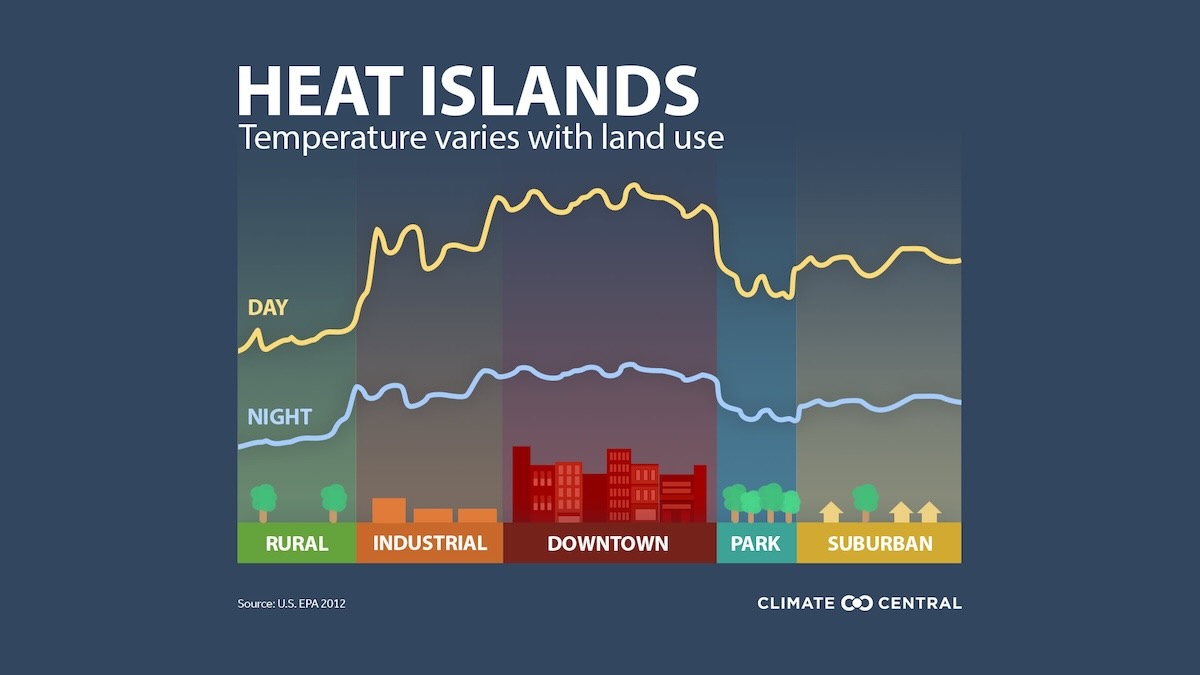Have you ever noticed how your backyard seems cooler and breezier under the shade of a towering oak compared to the sunbaked patio just steps away? That is the magic of microclimates in action! These localized weather zones, ranging from a few square meters to entire city blocks, exist around us, shaping temperature, humidity, wind, and even rainfall. Let’s embark on a journey to understand these miniature weather systems and how they influence our everyday lives.
What Is a Microclimate?
A microclimate refers to the climate conditions within a relatively small and specific area that differ from the surrounding region. A combination of factors, including vegetation, topography, proximity to water bodies, and urbanization, can impact these variations.
Examples of Microclimates
Now, let’s explore some examples of microclimates:
Mountainous Regions
Mountain slopes can create diverse microclimates. The windward side (facing the prevailing winds) tends to be wetter, while the leeward side experiences drier conditions, known as a rain shadow effect. Additionally, temperature changes with elevation.
 Image source: Meg Stewart, CC BY-SA 2.0, via Wikimedia Commons
Image source: Meg Stewart, CC BY-SA 2.0, via Wikimedia Commons
City Parks
In a city, parks and green spaces can have different microclimates compared to the built-up urban environment. These city microclimates may be cooler and have higher humidity levels, providing a refreshing contrast to the surrounding concrete jungle.
Coastal Zones
Proximity to the sea influences coastal microclimates. Unlike inland locations, coastal areas often have milder temperatures, higher humidity, and a more moderate climate throughout the year.
Factors Influencing Microclimates
Think of microclimates as miniature weather ecosystems sculpted by a diverse cast of characters:
- Vegetation. Lush forests offer shade and wind protection, making them cool, humid havens. At the same time, open fields have greater evaporation, leading to drier conditions.
- Topography and microclimates. Hills, valleys, and slopes deflect wind, channel sunlight, and create temperature and humidity variations like mini thermal roller coasters.
- Water bodies. Lakes, rivers, and even small ponds act as natural air conditioners, regulating temperature and humidity. Nearby areas often enjoy cooler, more refreshing air compared to the surrounding landscape. That’s how water bodies and microclimates complement each other.
- Urban giants. Buildings and pavement in cities transform into heat-absorbing giants, creating “urban heat islands” with warmer temperatures and less rainfall in comparison with greener areas.

Why Microclimates Matter
Microclimates aren’t just backyard weather curiosities. They play a crucial role in various aspects of our lives:
- Gardening guru. Understanding your garden microclimates helps you choose the perfect plants, ensuring they thrive in their localized weather bubble. Imagine planting sun-loving tomatoes in a shady nook – not a recipe for success!
- Farming’s fine-tuning. Farmers leverage microclimates to optimize crop yields. Knowing subtle temperature and humidity variations within their fields helps them to plant specific crops in areas best suited for their needs, maximizing their harvest.
- Cityscapes reimagined. Urban planners are increasingly incorporating microclimates into their designs. Green spaces, strategically placed trees, and even building shapes can help mitigate urban heat islands, creating cooler and more comfortable living conditions.
 Image source: franky1st, Pixabay
Image source: franky1st, Pixabay
- Nature’s mosaic. Microclimates make different kinds of homes for plants and animals. This affects where they live and how many there are. From moisture-loving ferns thriving near streams to heat-resistant lizards basking on sun-baked rocks, these tiny weather zones shape the ecological tapestry of our planet.
Unveiling Your Microclimate
You don’t need fancy scientific instruments to explore the microclimates in your backyard. Grab a thermometer and notebook, and embark on a citizen scientist adventure! Track temperature variations in different areas throughout the day and year. Does the patch under the oak tree stay consistently cooler than the open lawn? Is the air near the pond more humid than by the driveway? Share your findings with citizen science initiatives, contributing valuable data to help scientists understand and predict climate change.
So, the next time you step outside, remember that you’re not just entering the world of weather. You’re stepping into a network of miniature weather ecosystems, each with its own unique personality. By understanding and appreciating these microclimates, we can both enhance our lives and contribute to creating a more sustainable future for our planet.






